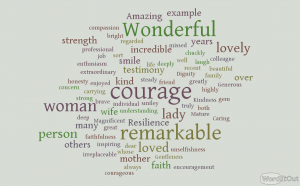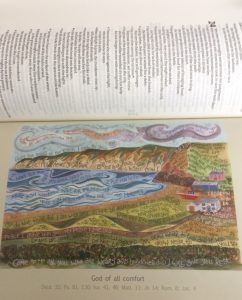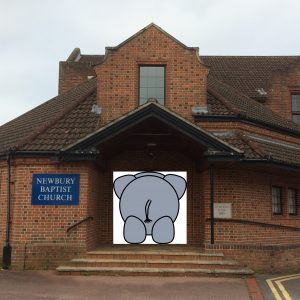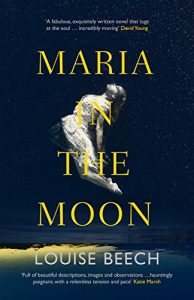In memoriam: Fiona Littledale
Address given at the thanksgiving service for Fiona Littledale, November 16th 2017
_______
Consider this awkward moment if you will. You are driving home from Cornwall and there is nobody in the car except for you and your terminally ill wife. The conversation turns to what must be, to the thanksgiving service which also must be; and to what will be said. “What one word would you use to describe me?”, she asks …
I thought back over our 30 years of marriage, the birth & raising of our three magnificent sons. I thought back over four ministries with good times and bad. I thought back over seven years of cancer – with repeated rounds of chemo, surgeries, and knock-backs of every kind. I thought back over her dedicated years of work in healthcare information. I remembered her support for her friends (which would keep up until she was no longer able to hold a phone and text them), and I said…“Steadfast” and waited for the reaction That beloved smile about which so many have written spread across her lips and she said “that’s the nicest thing anyone ever said about me”
Fiona was proud to wear that label of “steadfast” – as wife, mother, colleague…and above all as woman of faith.
It is very rare at a thanksgiving for the person at the heart of it all to speak. However, on this occasion it is possible. Earlier this year I was teaching a course on the Disciple’s Way, with each week illustrated through personal story. On the week where we talked about dying and journey’s end, Fiona was supposed to share her story. It turned out to be the week when she received her terminal diagnosis, and so it was just not possible. Instead, I pass her own words onto you now:
In the shadows, ordinary objects can look much bigger and scarier than they really are. But I once heard someone describe how the shepherd would bang on the rocky valley sides to guide the sheep and we have been aware throughout that we are not on our own in this distorted landscape. We have been conscious of God’s presence guiding and sustaining us and of the prayers and love of his people.
In the shadows, it is also easy to lose things and I have lost many things over the last few years. Tangible things like my hair, various internal organs and the feeling in my feet, and less tangible ones such as the expectation of a normal lifespan and all that would accompany that. But I have gained an appreciation for the here and now, and as an inveterate forward planner the ability to live and enjoy a life segmented by scans into 12 week blocks. The Danish think they invented the concept of hygge, hunkering down and enjoying the simple things, but actually we did.
Finally, the valley floor is often strewn with rocks. If you have ever been to Skrinkle Haven on the Pembrokeshire coast you will know that you drop down steeply from the coast path and literally scramble over the rocks on the valley floor before emerging onto the most beautiful beach. A beach really is my happy place, and I think I will have to scramble over some pretty big rocks in my next chapter, but when I emerge on the other side I will be more fully alive than ever before.
How true that proved to be …and how big the rocks were to be as well. She was steadfast – in love, in service and in faith. That trait was not shown in any severe way though. Her steadfast resolve was tempered by a rich sense of humour and a deep appreciation of the value of friendship. Amongst the hundreds of letters and cards was one from an 11- year old boy, written in his own hand, which described her as “smiley”, thanked her for always making time to talk to him, and said that he was very sorry she had died. His little sister talked of her“chuckly laugh” – and many others have said similar things.
“Incarnation” means that God was made real in Christ. “Incarnation” means that he is seen again in o so human clothing and wonderfully so. Like Paul in 2 Timothy 4 – Fiona can now say : “I have fought the good fight, I have finished the race, I have kept the faith”
We will remember her in so many ways. Our backs will stand a little straighter when the trials come. Our hearts will stretch a little wider when a friend needs us and we give no thought to our own plans or timing. Our faith will run a little deeper when the cold wind blows. And by the grace of God, we shall all be a little more steadfast because of her. May God make it so…AMEN

From cards and letters about Fiona…










